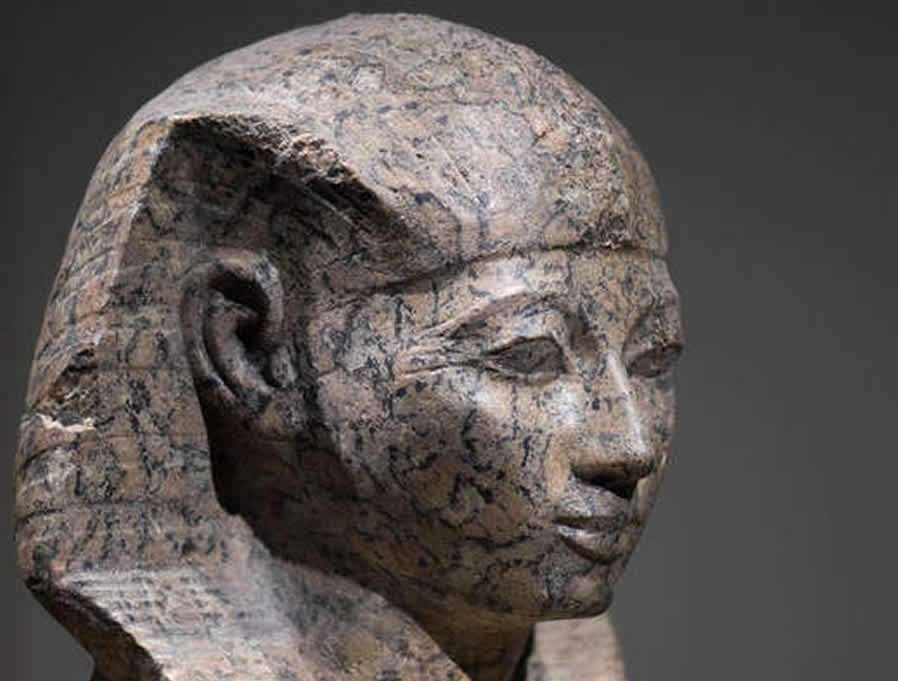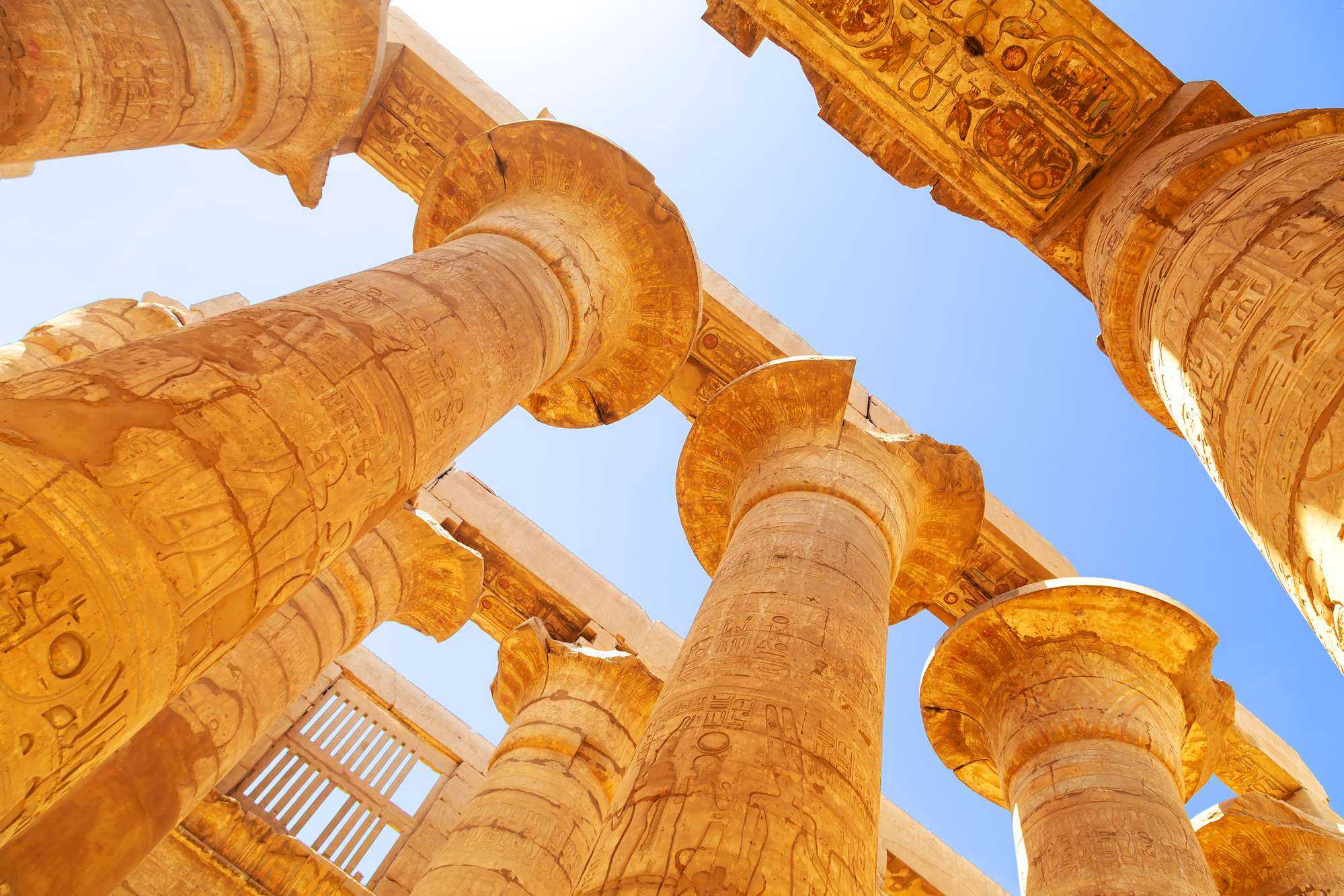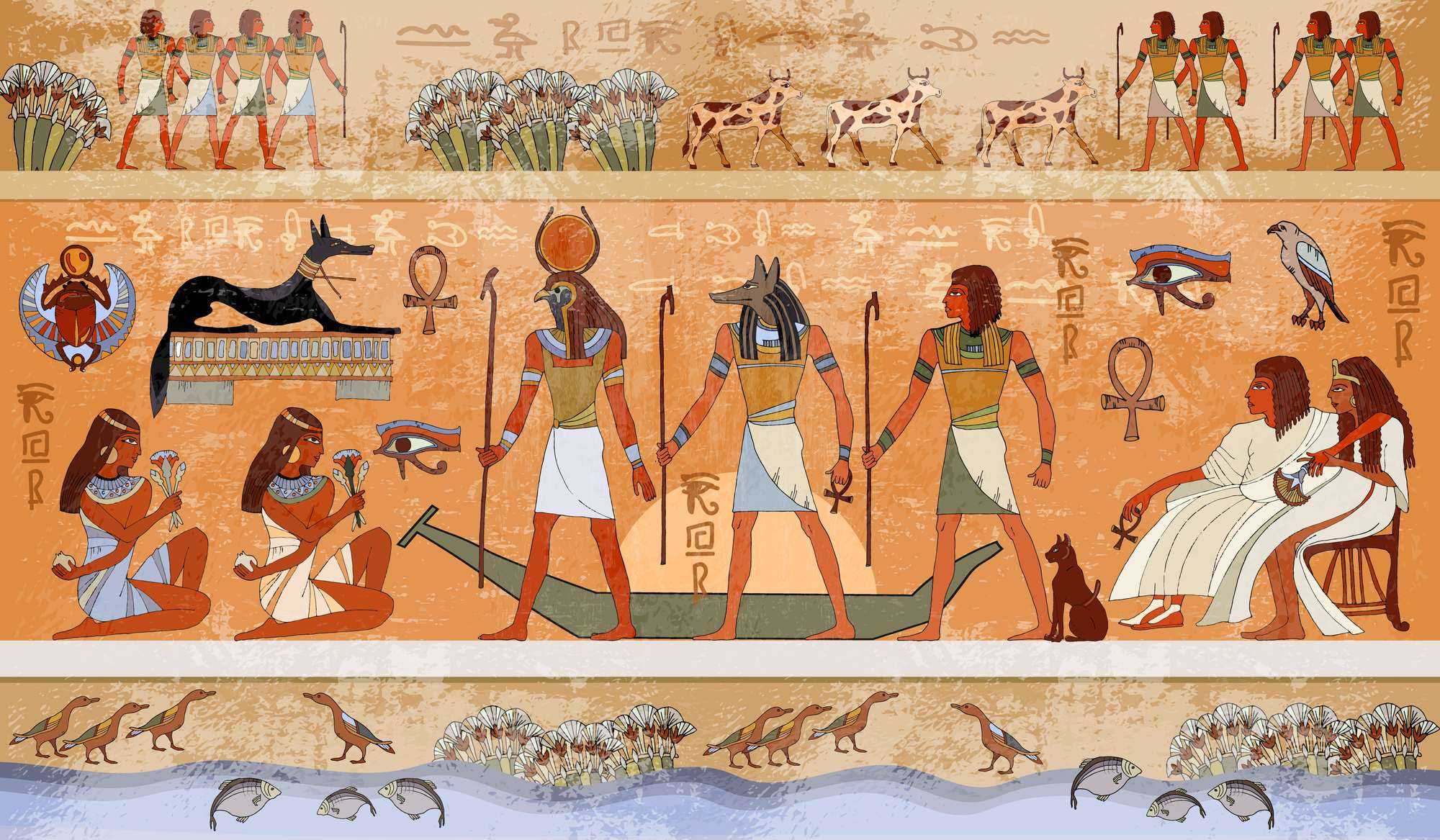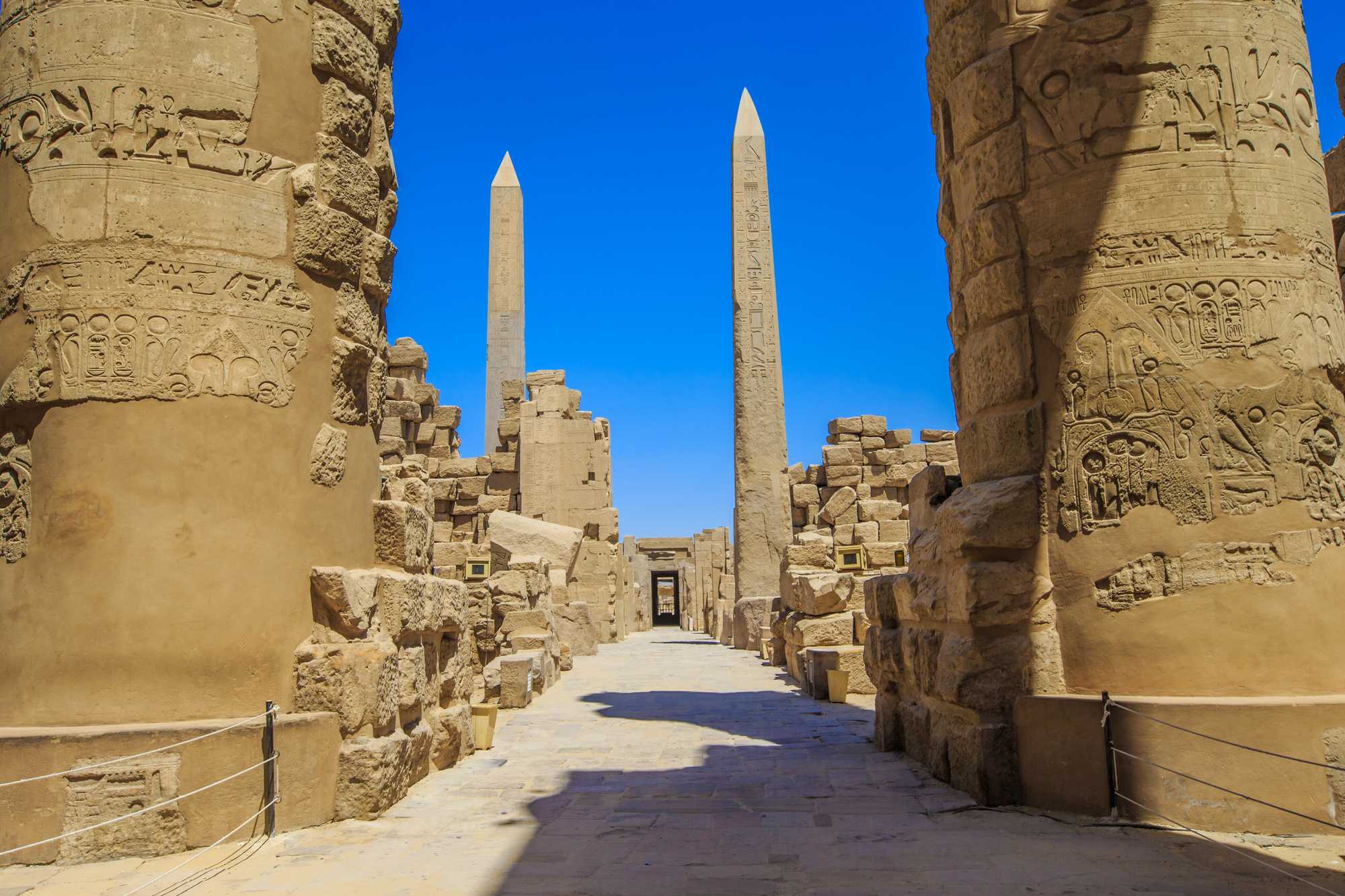African History
The Queen who would Rule as King, Part II

African History
Seti the 1st war correspondents etched along the north wall of the Hypostyle hall; more of his great achievements
African History
Tremendous achievements for the 1st year nesew Seti
African History
Why would he be chosen to be the next nesew? Rameses the 1st – 19th Dynasty circa 1292 -1290 BCE
-

 Community News2 weeks ago
Community News2 weeks agoThe Federal Government has created Personal Information Banks (PIB) to collect and store data on Canadians
-

 Community News2 weeks ago
Community News2 weeks agoUnder the radar; Manitoba principal apologizes for the distribution of sex education kits
-

 Community News2 weeks ago
Community News2 weeks agoA stable economic-political world is a sound goal, but at what cost to America?
-

 Community News2 weeks ago
Community News2 weeks ago“He is loved!” Jay Williams will be honoured at the BBPA 2024 Harry Jerome Awards
-

 Community News1 week ago
Community News1 week agoOntario launches One Fare Program to increase accessibility and affordability of public transportation
-

 Community News6 days ago
Community News6 days agoCanna Crawl is more than just a gathering—it’s an Invitation to experience the magic of the plant
-

 Community News6 days ago
Community News6 days agoFor some people, dissociation may be the only way to stay safe; a peek into your mind
-

 Community News6 days ago
Community News6 days agoOh, the messed-up choices we make; “Why did I choose door number three!”

























